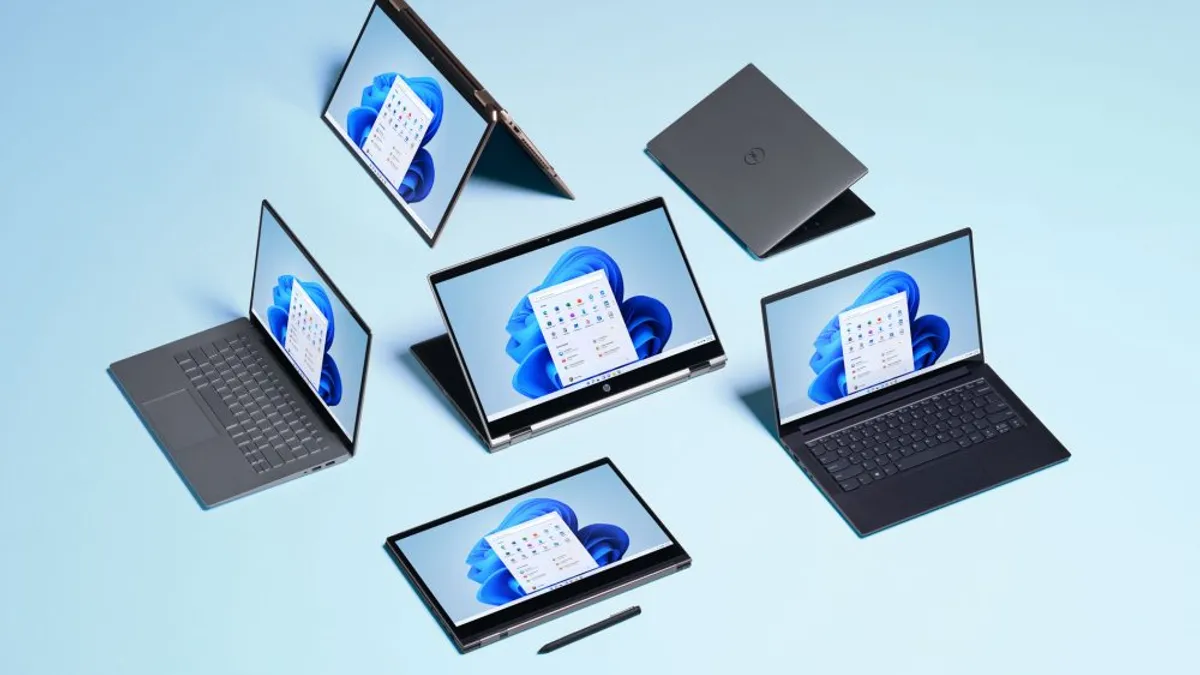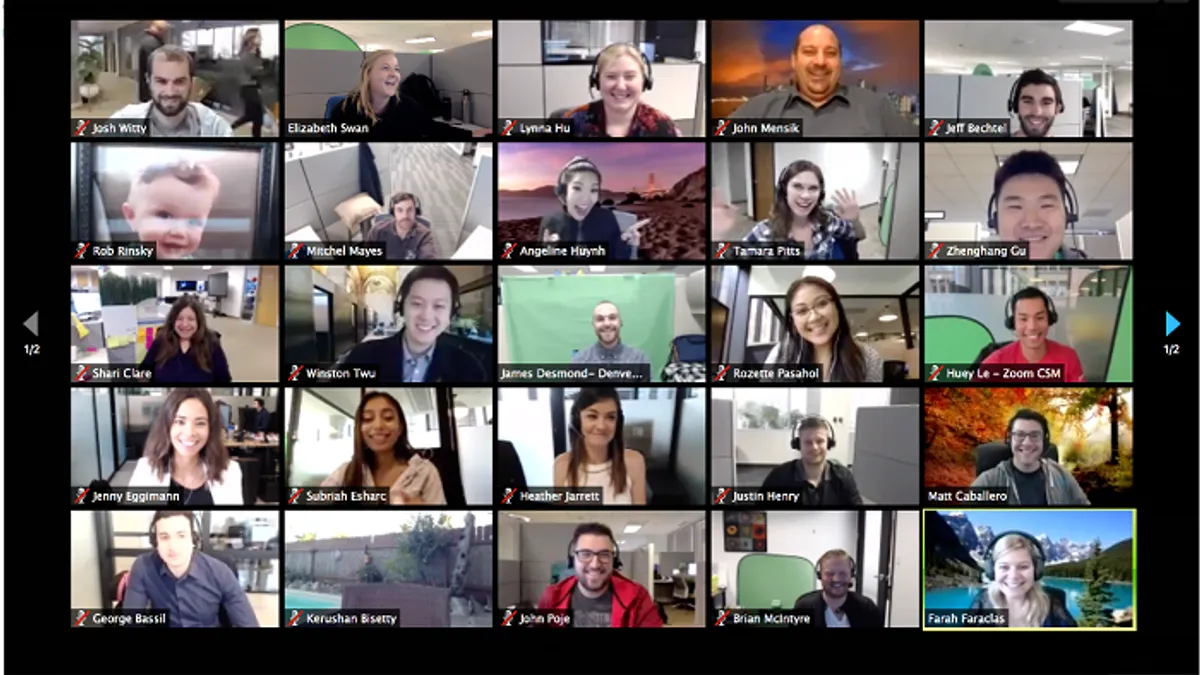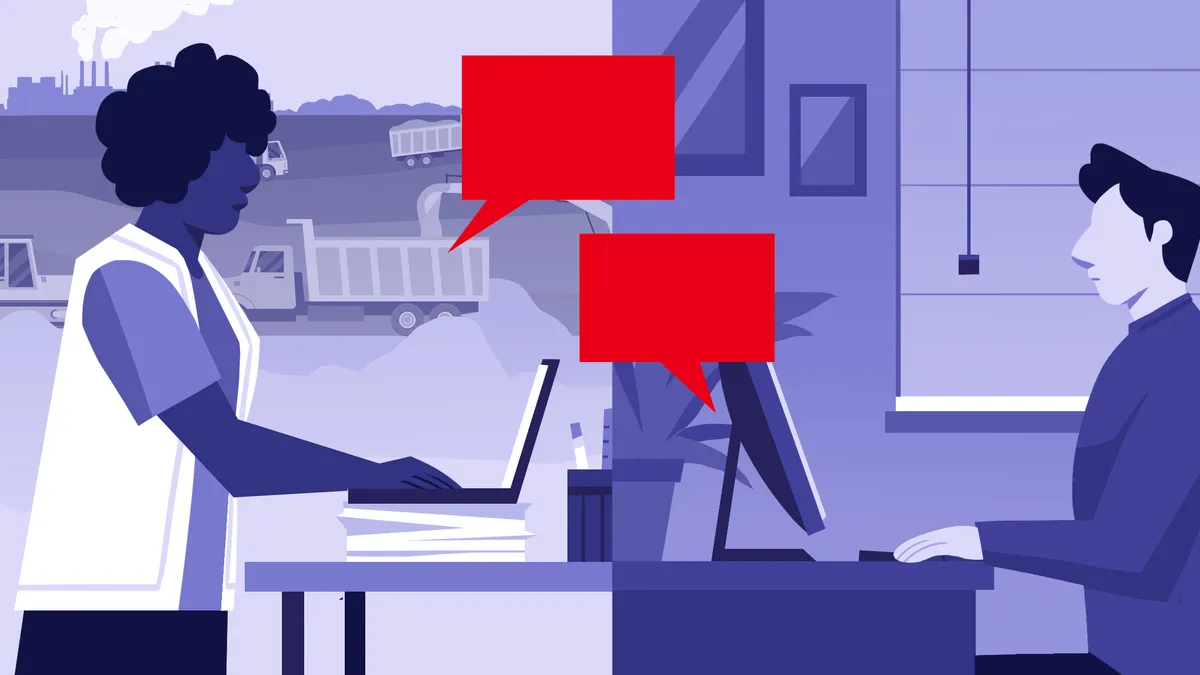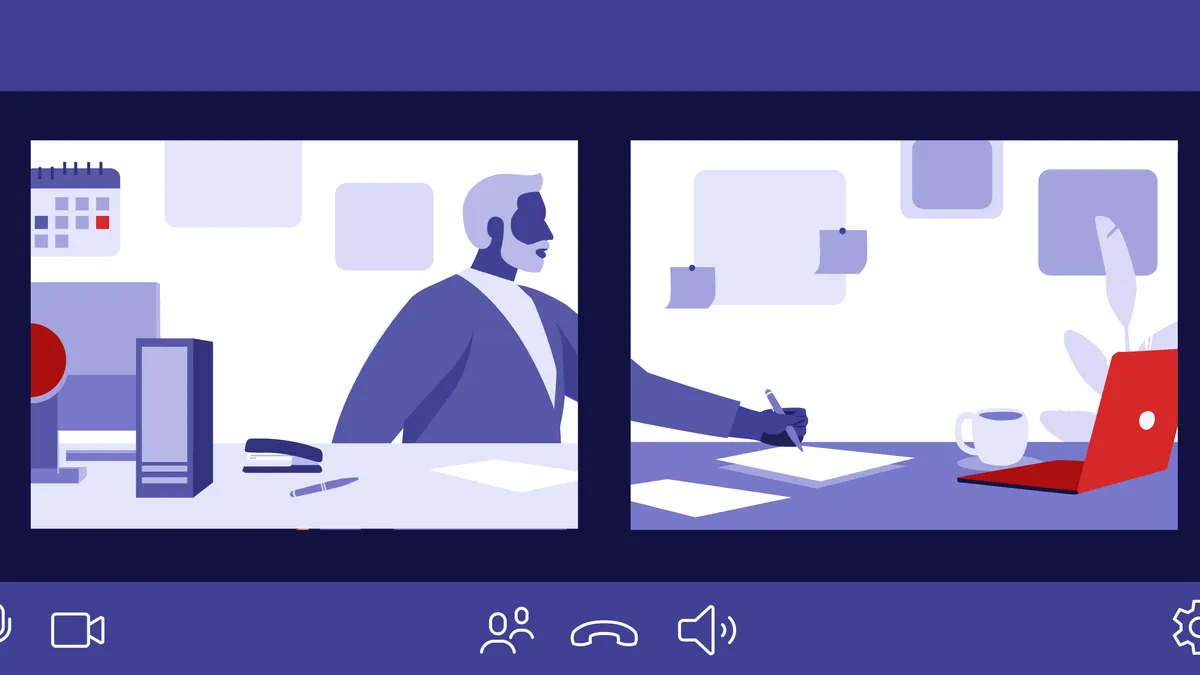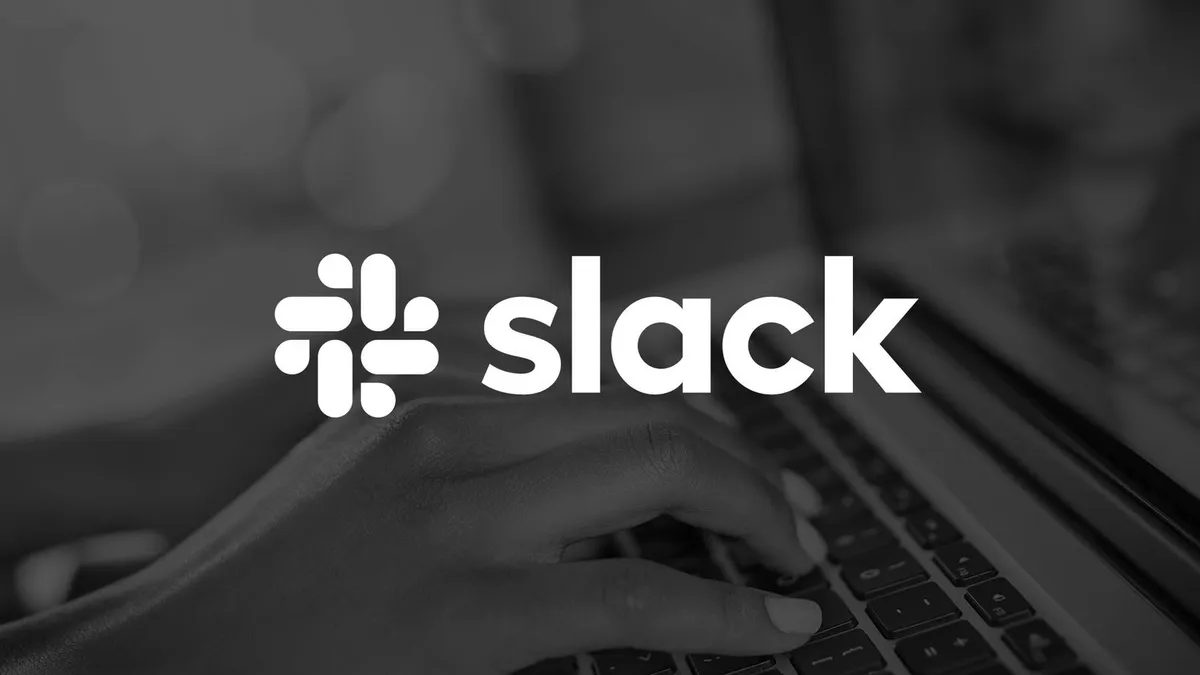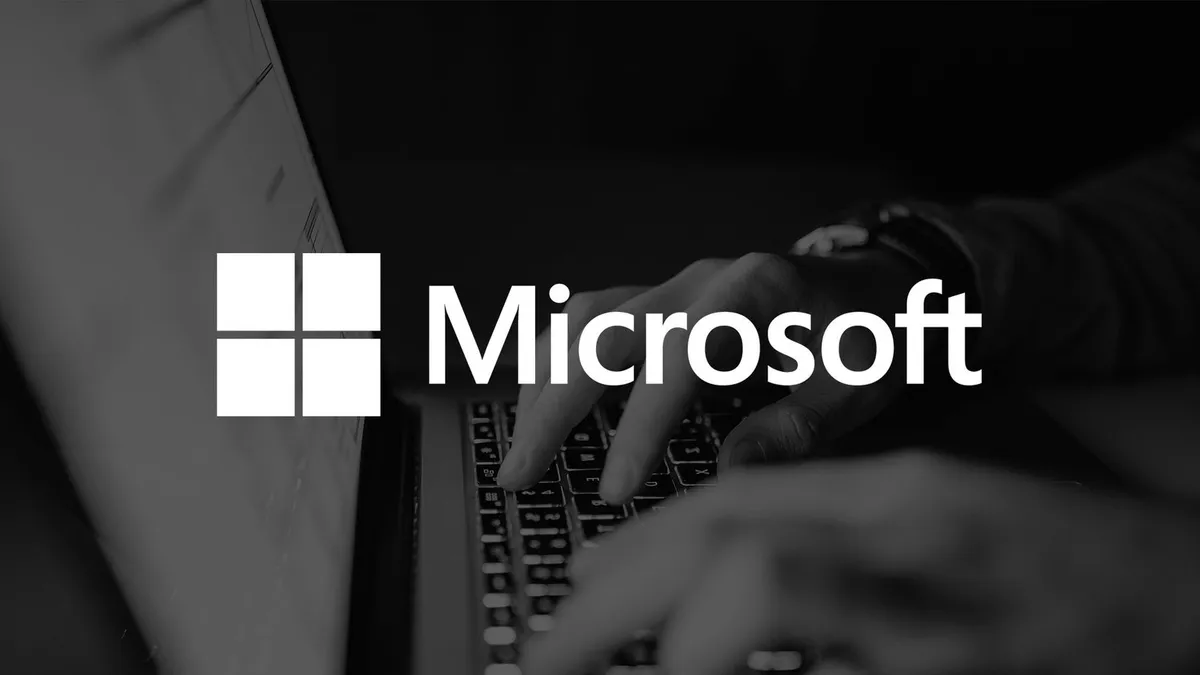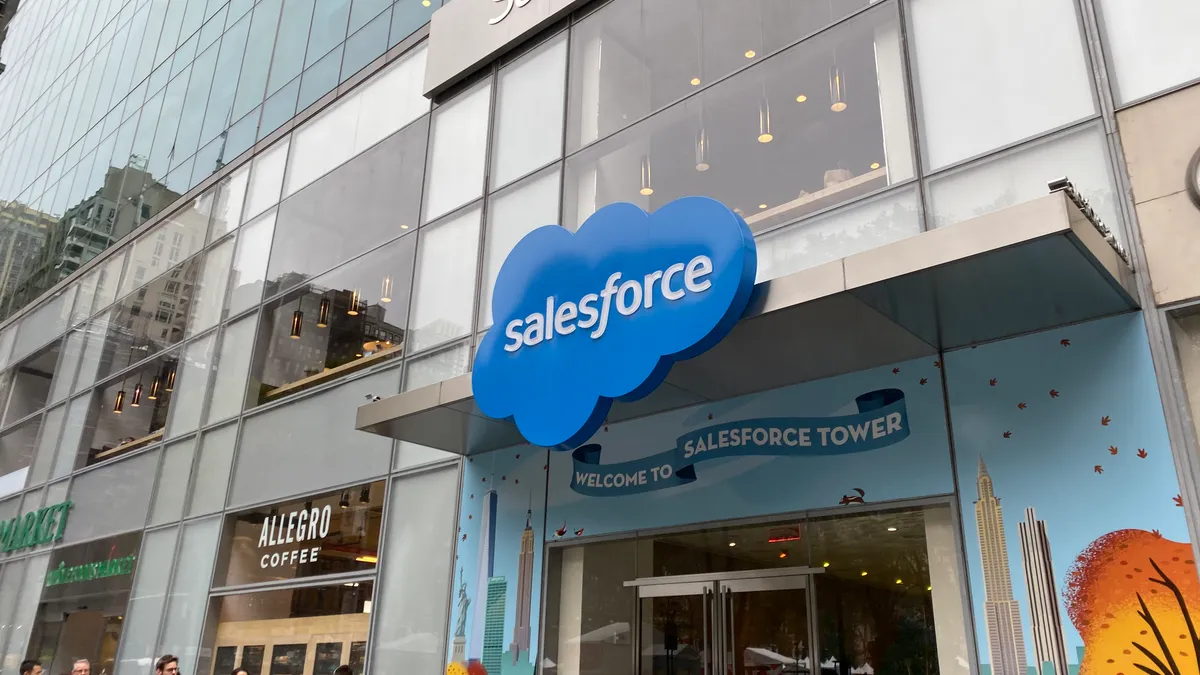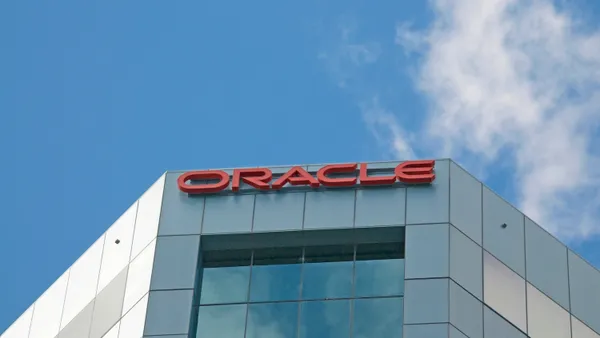UPDATE: August 31, 2021:
Windows 11 will begin rolling out as a free upgrade to eligible PCs starting Oct. 5, Microsoft announced Tuesday. The company previously said it expected to make the operating system available "this holiday season."
PCs running the upgraded software will also be available for purchase on Oct. 5.
Windows 11, the successor to the Windows 10 operating system, will be available to users as soon as this holiday season, Microsoft announced Thursday.
The new operating system, the first full new version of a Microsoft operating system since the 2015 launch of Windows 10, includes a set of features designed to curb context-switching and facilitate collaboration in the hybrid work world, a theme Microsoft executives repeatedly struck throughout presentations.
"Windows 11 is the operating system for hybrid work," said Wangui McKelvey, general manager, Microsoft 365, in a press briefing. "We have worked hard to deliver new, familiar, flexible experiences that work the way you work."
Windows 11's play on hybrid work and enterprise productivity are evident with the inclusion of new tools called Snap Layouts, Snap Groups and Desktops. The trio of features allow users to group specific applications and windows together, organizing and customizing workspaces according to specific tasks and intents.
The updated OS from Microsoft comes at a time when ChromeOS and MacOS are seeing enterprise adoption rise. With Windows 11, Microsoft aims to address the challenges of hybrid work and set up the next chapter in its history as a central tenet of the enterprise tech stack.
The taskbar of the new operating systems integrates a Chat window from Microsoft Teams, and adds new capabilities, which includes muting or unmuting the mic, and sharing the desktop or a single application from the desktop taskbar. The chat tool's central location "should improve distributed work," said J.P. Gownder, VP and principal analyst at Forrester.
"This innovation is well timed for the COVID[-19] world, which has (re)established the centrality of the PC to the future of work and to digital life," said Gownder in an email. "Whether these features pop for employees remains to be seen, but they're directionally aligned to the new world of hybrid work."
Microsoft's enterprise foothold
Microsoft is king when it comes to new computer shipments, according to Gartner data. Over 250 million PCs running Windows software shipped in 2020, compared to 22 million computers running MacOS.
But in the enterprise sector, Mac prevalence gained ground last year, increasing from 17% in 2019 to 23% in 2020 among companies with 1,000 employees or more.
Following the hardware woes of 2020, many companies are "caught in between this universe where they've got these traditional applications, but at the same time there's a push to modernizing the experience, and investing in newer devices that run newer flavors of their operating system," said Nick McQuire, chief of enterprise research at CCS Insight. "That's the environment that Windows 11 is coming into."
With the new operating system, Microsoft also aims to maximize the usability of its existing collaboration and productivity tools.
But Windows 11 is an iterative release which pinpoints "where Windows needs greater ambition rather than introducing the sweeping changes seen with its predecessor," said Geoff Blaber, CEO at CCS Insight.
"Microsoft is making adjustments to areas that have potential to move the needle on user experience, engagement and the ever-expanding reach of Office 365 apps," said Blaber in an email.
Microsoft is also aiming to respond to users who have struggled to efficiently manage the set of tools they've used to operate under a hybrid model. Users are citing lost productivity due to time spent switching in between apps to get through their work days. A breakdown in collaboration among teams is also hurting transformation efforts.
"Ultimately, Windows 11 will need to spend some time in the wild with users before establishing its true purpose and identity," said Gownder. But the slate of new features and revamped user interfaces and features give Windows 11 a chance to stand out.
"The proof will only be seen in the months after its release, as judged by users," Gownder said.
Aside from the usability updates, Microsoft must also prove there are performance and security upsides to updating systems to Windows 11, said Dan Wilson, senior research director at Gartner.
"Enterprises are less interested in major innovation or cosmetic changes that are always difficult to deploy and support," Wilson said. "Most are struggling to keep Windows patched and updated to reduce cyber risk. Enterprise IT teams are asking for improved performance, stability, security and simplified administration."



